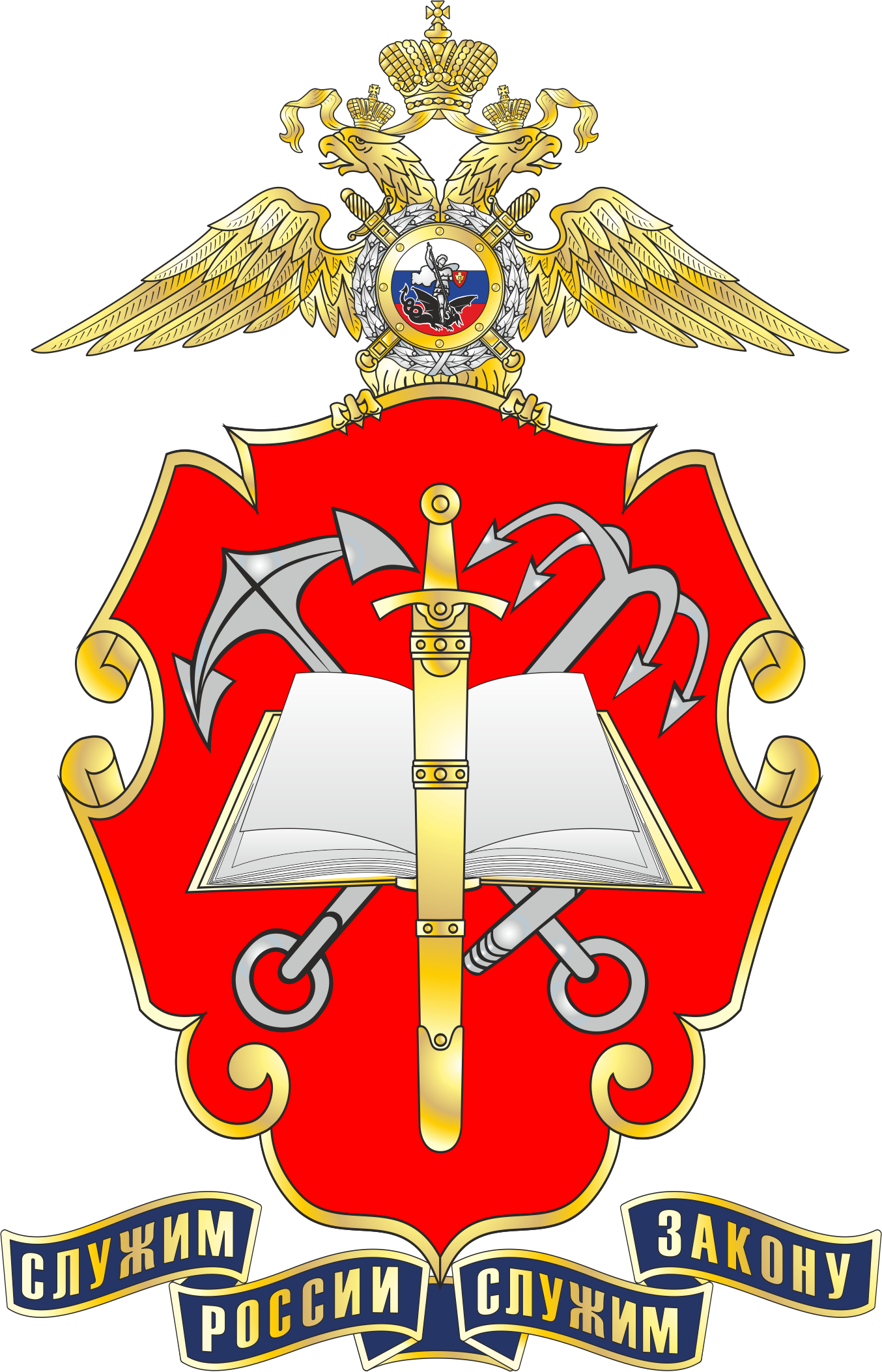Russian Federation
Introduction. In the conditions of growing volatility of prices for basic foodstuffs on global markets, the problem of ensuring food security of the country and stimulating investment activity in the food industry is becoming increasingly relevant. The solution of this problem is maximally effective at the regional level, as the industry specifics of agricultural products processing require the harmonisation of the interests of the state and business. Methods. The study used comparative, retrospective, economic and statistical analysis, which allowed us to identify priority areas for improving the investment attractiveness of the food industry in the context of the implementation of large-scale projects. Results. The obtained results confirm that the implementation of long-term goals of the food industry development requires the optimisation of organisational and economic mechanisms for coordinating the interests of the state and business, for which it is advisable to use the mechanism of public-private partnership.
public-private partnership, investment attractiveness, food industry, economic policy
1. Akhmedov, Namig A. 2011. “Formirovaniye sistemy otsenki effektivnosti realizatsii innovatsionnoy strategii i investitsionnoy politiki promyshlennykh predpriyatiy” [“Formation of a system for evaluating the effectiveness of the implementation of innovation strategy and investment policy of industrial enterprises”] (in Russ.). Menedzhment v Rossii i za rubezhom [Management in Russia and abroad], no. 4: 81–4.
2. Vetrova, Ekaterina A. 2015. “Osobennosti razvitiya gosudarstvenno-chastnogo partnerstva v Rossiyskoy Federatsii” [“Features of the development of public-private partnership in the Russian Federation”] (in Russ.). Vestnik Tambovskogo universiteta. Seriya: Gumanitarnye nauki [Bulletin of the Tambov University. Series: Humanities] 146, no. 6: 69–72.
3. Kormishkina, Lyudmila A., and Dmitrii A. Koloskov. 2017. [“Innovative approaches to the formation of investment policy instruments from the perspective of the paradigm of neo-industrial development”] (in Russ.). Ekonomicheskie i social'nye peremeny: fakty, tendencii, prognoz [Economic and social changes: facts, trends, forecast] 10, no. 6(54): 218–33. https://doi.org/10.15838/esc.2017.6.54.14
4. Kochetkova, Svetlana A. 2015. “Ispol'zovaniye kontsessii kak perspektivnogo mekhanizma realizatsii investitsionnykh GCHP-proyektov v regione” [“The use of concession as a promising mechanism for the implementation of investment PPP projects in the region”] (in Russ.). Mezhdunarodnyj zhurnal prikladnyh i fundamental'nyh issledovanij [International Journal of Applied and Fundamental Research], no. 11-3: 424–29.
5. Litvinova, N. S. 2013. “Finansirovaniye proyektov gosudarstvenno-chastnogo partnerstva: postkrizisnaya real'nost' i perspektivy” [“Financing of public-private partnership projects: post-crisis reality and prospects”] (in Russ.).Vostochno-Evropejskij zhurnal peredovyh tekhnologij [East European Journal of Advanced Technologies] 3, no. 2(63): 57–68.
6. Petrikova, Elena M., and Ekaterina A. Korzina. 2011. “Vozmozhnosti regional'nykh i mestnykh byudzhetov po realizatsii proyektov gosudarstvenno-chastnogo partnerstva” [“Possibilities of regional and local budgets for the implementation of public-private partnership projects”] (in Russ.). Finansy i kredit [Finance and credit] 457, no. 25: 35–55.
7. Tatarkin, Aleksandr I., Ol'ga A. Romanova, and Yuliya G. Lavrikova. 2009. “Teoreticheskiye osnovy gosudarstvennochastnogo partnerstva” [“Theoretical foundations of public-private partnership”] (in Russ.). Biznes, menedzhment i pravo [Business, management and law] 18, no. 1: 19–24.
8. Shilkina, Ol’ga A. 2015. “Problemy finansirovaniya modernizatsii ob"yektov kommunal'noy infrastruktury” [“Problemsof financing modernization of municipal infrastructure facilities”] (in Russ.). Finansy i kredit [Finance and credit] 637, no. 13: 15–20.
9. Brown, Trevor L., Matthew Potoski, and David Van Slyke. 2015. “Managing Complex Contracts: A Theoretical Approach.” Journal of Public Administration Research and Theory 26, no. 2 (March): 294–308. https://doi.org/10 .1093/jopart/muv004
10. Devapriya, Kapila A. K. 2006. “Governance Issues in Financing of Public-Private Partnership Organizations in Network Infrastructure Industries.” International Journal of Project Management 7, no. 24 (October): 557–65. https://doi.org/10.1016/j.ijproman.2006.07.003
11. Khanom, Nilufa A. 2010. “Conceptual issues in defining public private partnerships (PPPs).” International Review of Business Research Papers 6, no. 2 (August): 150–63.
12. Kumari, Anita, and Anil Kumar Sharma. 2016. “Sharma Infrastructure financing and development: A bibliometric review.” International Journal of Critical Infrastructure Protection 16(C), (December): 49–65. https://doi.org/10.1016/j.ijcip.2016.11.005
13. Panayides, Photis, Francesco Parola, and Jasmine Siu Lee Lam. 2015. “The effect of institutional factors on public–private partnership success in ports.” Transportation Research Part A: Policy and Practice, no. 71 (January): 110–27. https://doi.org/10.1016/j.tra.2014.11.006
14. Sabry, Mohamed I. 2015. “Good governance, institutions and performance of public private partnerships.” International Journal of Public Sector Management 7, no. 28 (October): 566–82. https://doi.org/10.1108/IJPSM-01-2015-0005
15. Sharma, Chandan. 2012. “Determinants of PPP in infrastructure in developing economies.” Transforming Government People Process and Policy 6, no. 2 (June): 149–66. https://doi.org/10.1108/17506161211246908





